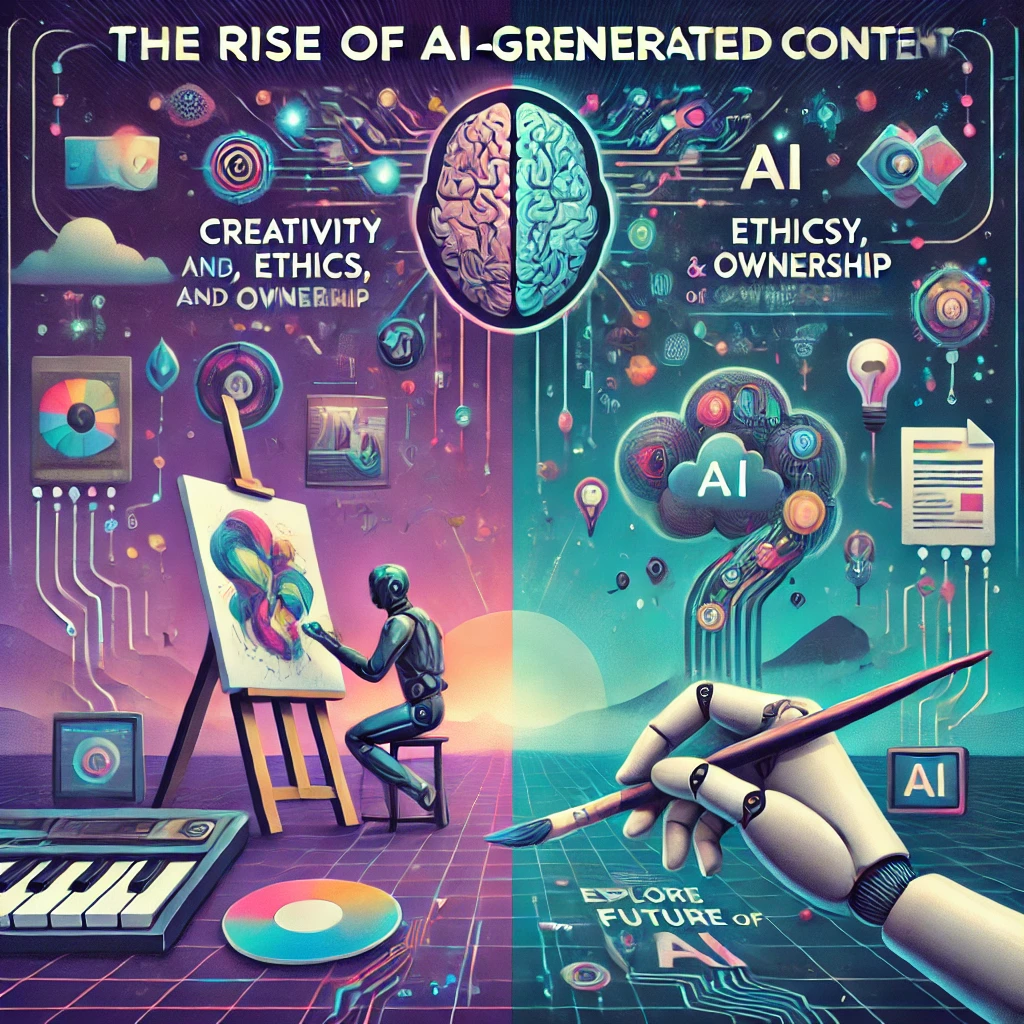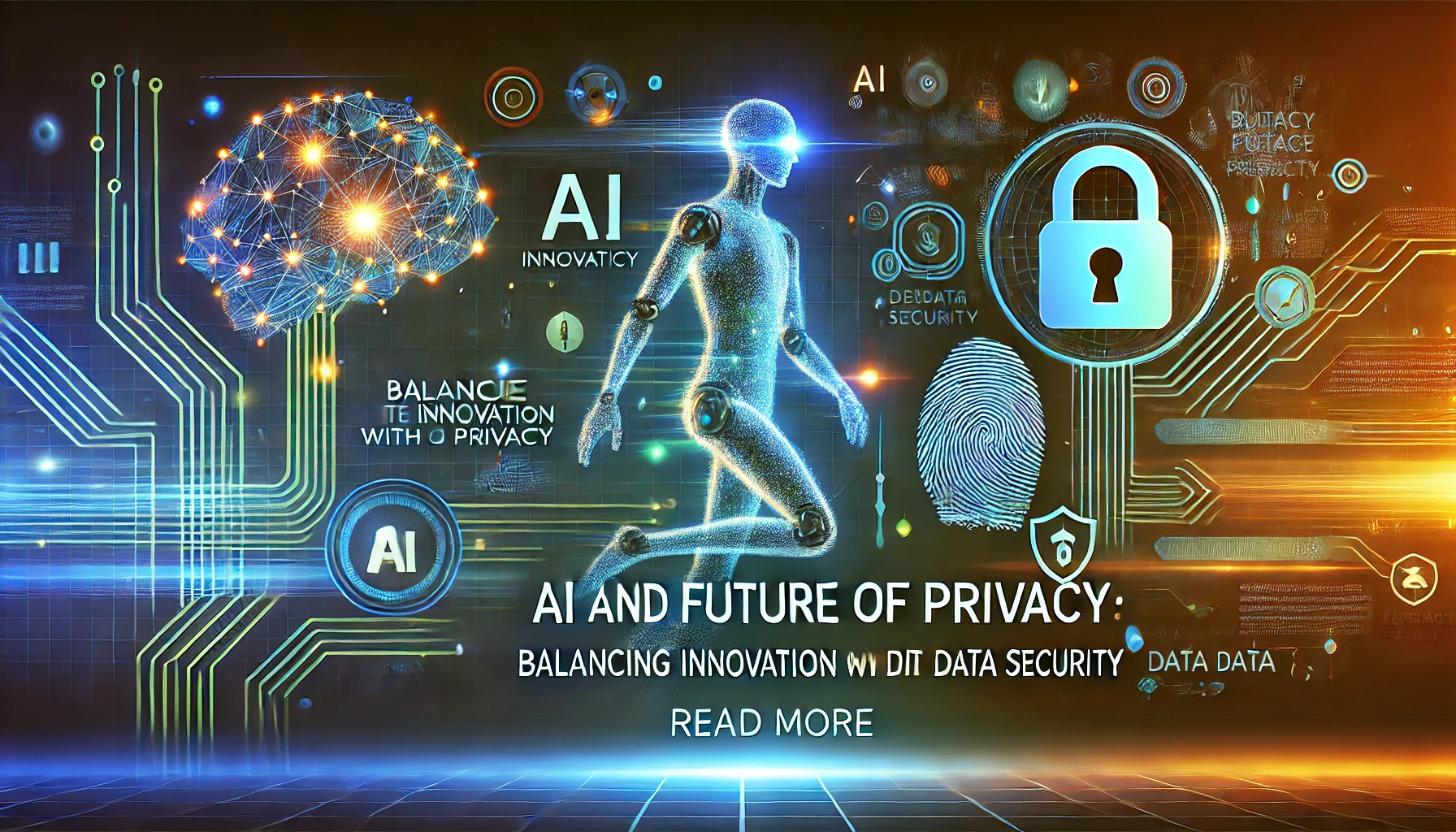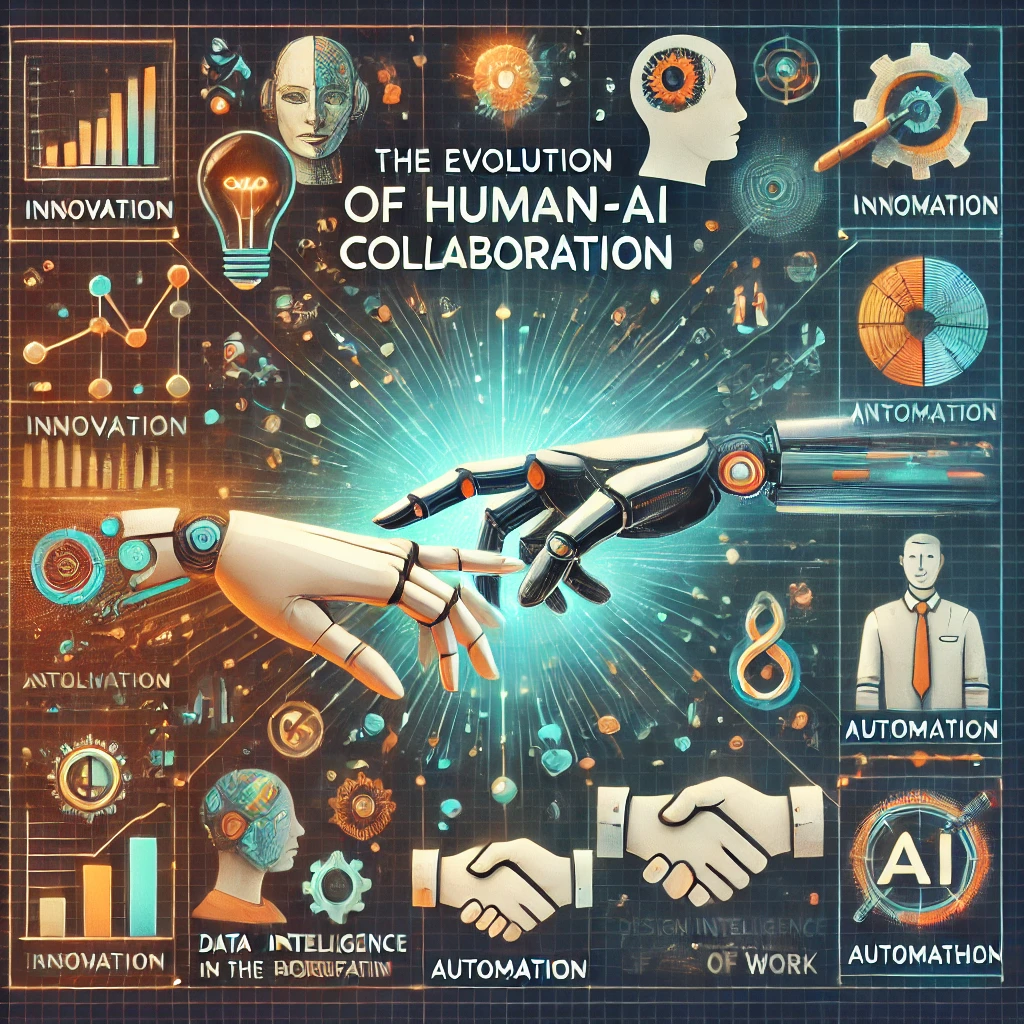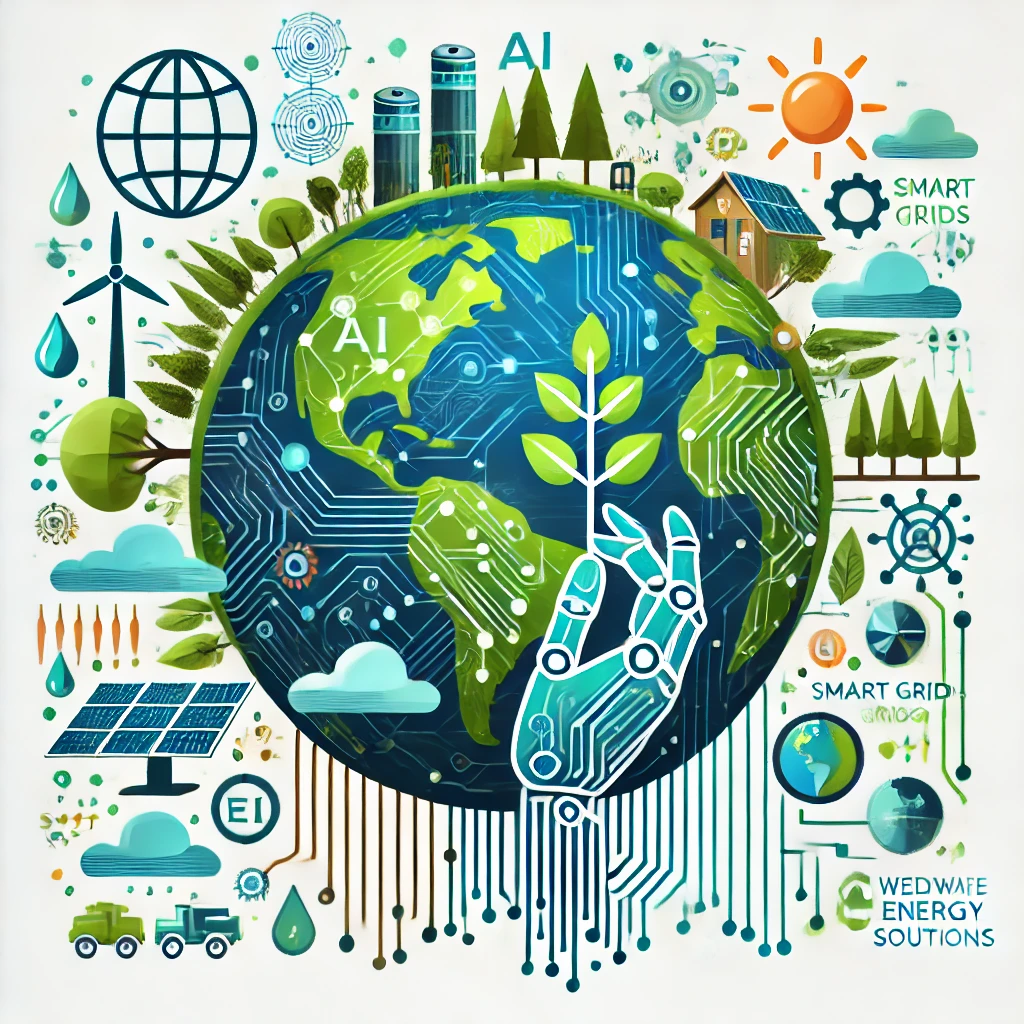Artificial intelligence is no longer confined to automating mundane tasks or analyzing data—it’s now stepping into the realm of creativity. From generating art and music to writing novels and even coding, AI-generated content is reshaping industries and challenging our understanding of creativity. But with this innovation comes a host of ethical questions and debates about ownership, authenticity, and the future of human creativity. In this blog, we’ll explore the rise of AI-generated content, its implications, and what it means for creators and consumers alike.
What is AI-Generated Content?
AI-generated content refers to any form of creative work—text, images, music, video, or code—produced by artificial intelligence systems. These systems use machine learning algorithms, such as Generative Adversarial Networks (GANs) and Large Language Models (LLMs), to analyze vast datasets and create new, original content.
For example:
- Text: Tools like ChatGPT and Jasper AI can write essays, poems, and even entire books.
- Art: Platforms like DALL·E, MidJourney, and Stable Diffusion generate stunning visuals from text prompts.
- Music: AI systems like OpenAI’s Jukedeck and AIVA compose original music tracks.
- Code: GitHub’s Copilot assists developers by generating code snippets.
How AI is Transforming Creativity
- Democratizing Creativity
AI tools are making creative expression accessible to everyone, regardless of skill level. You don’t need to be a professional artist, writer, or musician to create something beautiful or meaningful. - Enhancing Human Creativity
Rather than replacing human creators, AI often acts as a collaborator. Writers use AI to brainstorm ideas, artists use it to experiment with styles, and musicians use it to explore new sounds. - Speeding Up Production
AI can generate content in seconds, saving time and effort. For example, marketers use AI to create social media posts, while game developers use it to design characters and environments. - Pushing Boundaries
AI-generated content often produces unexpected and innovative results, pushing the boundaries of what we consider “creative.”
The Benefits of AI-Generated Content
- Accessibility: AI tools enable more people to engage in creative pursuits.
- Efficiency: Content creation becomes faster and more cost-effective.
- Innovation: AI introduces new styles, techniques, and possibilities.
- Personalization: AI can tailor content to individual preferences, such as personalized music playlists or custom artwork.
Ethical Challenges and Concerns
While AI-generated content offers exciting opportunities, it also raises significant ethical questions:
- Ownership and Copyright
Who owns AI-generated content—the creator of the AI, the user who prompted it, or the AI itself? Current copyright laws are not equipped to handle these complexities. - Authenticity and Originality
Can AI-generated content truly be considered original, or is it simply remixing existing works? This debate challenges our understanding of creativity and intellectual property. - Job Displacement
As AI becomes more capable, there’s concern that it could replace human creators in fields like writing, graphic design, and music production. - Bias and Misinformation
AI systems learn from existing data, which may contain biases or inaccuracies. This can lead to problematic or harmful content being generated. - Transparency
Should AI-generated content be labeled as such? Consumers have a right to know whether they’re engaging with human or machine-created work.
Real-World Examples of AI-Generated Content
- Art: In 2018, an AI-generated portrait titled “Edmond de Belamy” sold for $432,500 at Christie’s auction house.
- Literature: AI has written entire novels, such as “1 the Road” by Ross Goodwin, created during a road trip using a neural network.
- Music: AI-composed songs, like “Daddy’s Car” by Flow Machines, mimic the styles of famous artists like The Beatles.
- Film: AI is being used to write scripts, edit videos, and even generate deepfake actors.
The Future of AI-Generated Content
The future of AI-generated content is both exciting and uncertain. Here are some trends to watch:
- Hybrid Creativity: More creators will collaborate with AI, blending human intuition with machine efficiency.
- Regulation and Standards: Governments and organizations may establish guidelines for the ethical use of AI in content creation.
- New Art Forms: AI will likely give rise to entirely new forms of art and expression that we can’t yet imagine.
- Consumer Awareness: As AI-generated content becomes more prevalent, consumers will demand transparency and authenticity.
Conclusion
AI-generated content is revolutionizing the creative landscape, offering unprecedented opportunities for innovation and accessibility. However, it also challenges us to rethink concepts like ownership, originality, and the role of human creativity.
As we navigate this new frontier, it’s essential to strike a balance between embracing AI’s potential and addressing its ethical implications. By fostering collaboration between humans and machines, we can create a future where creativity knows no bounds—while ensuring fairness, transparency, and respect for human ingenuity.



